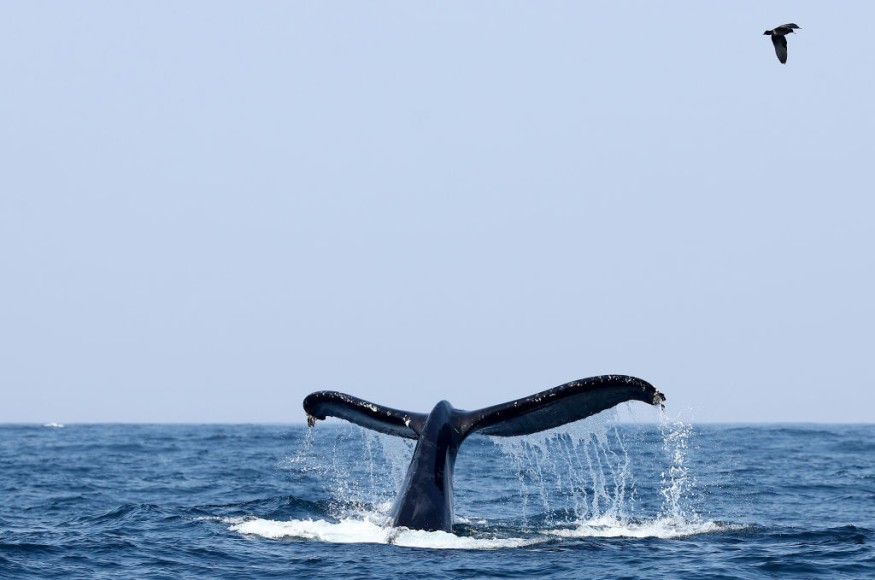
Traveling farther than their usual migration patterns, humpback whales are now being tracked between Hawaii and Isla Clarion in Mexico, where scientists were able to hear whale songs in the deep ocean.
Humpback Whales in the Deep Oceans
An intriguing secret about humpback whales has recently come to light: during the winter, they migrate to the deep tropical waters, far from their usual breeding sites.
A joint press statement from Whale Trust and the Jupiter Research Foundation states that this discovery contradicts prior theories on humpback whale migration and illuminates the complexity of their yearly migrations.
The annual migration of humpback whales to warm, shallow seas where they migrate to give birth and mate is well-known.
These breeding sites in the North Pacific are close to the Mexican and Hawaiian coasts, which are separated by thousands of miles of deep ocean.
It was often thought that humpback whales only frequented these shallow waters during the breeding season.
Humpback Whale Songs
However, a 2018 acoustic survey employing the Wave Glider autonomous gadget revealed something surprising.
Between Hawaii and Mexico, humpback whale songs were heard in the deep ocean, leading researchers to doubt the whales' well-known migration routes.
Now, this research presents the outcomes of a study from 2021 that not only supported these conclusions but also added to them.
The survey, which followed the same path as in 2018 and expanded to Mexico's Isla Clarion, captured continuous recordings of humpback whale sounds from Hawaii out to a distance of more than 1,200 miles into the middle of the ocean.
These deep-sea concerts featured several humpback singers and occasionally received up to 3,000 calls each day.
Recent accounts of certain humpback whales migrating between Mexico and Hawaii during one winter season further add to the intrigue surrounding this discovery.
The only previous report of this behavior was in 1986, and it has since been supported by numerous observations that coincide with the acoustic detections.
New Migration Patterns
Beyond whale songs, these findings are significant as they imply that humpback whales may frequent the tropical offshore waters between their regular breeding grounds in Mexico and Hawaii.
This presence can be the result of seasonal travel or it might be a different breeding assembly.
This study serves as a reminder that there is still much to learn about humpback whales in the North Pacific, even though the precise reason for their presence in the deep water is unknown.
Humpback Whales
The humpback whale species, which can be found across the world, is becoming more common across a large portion of its habitat, although it still faces dangers from vessel hits, entanglement in fishing gear, harassment and injury from vessels, and underwater noise.
The recognizable hump on the back of the humpback whale gives it its popular name.
Whale watchers prefer humpback whales because they are frequently active, leaping out of the water and slapping the surface with their tails or pectoral fins.
The conservation of humpback whales is a top priority for NOAA Fisheries.
Scientists analyze, safeguard, and free humpback whales from entanglements using a range of cutting-edge methods.
Additionally, NOAA collaborates with partners to make sure that policies and management plans are in effect to lessen fishing gear entanglement, improve shipping channels, and safeguard habitats.
© 2025 NatureWorldNews.com All rights reserved. Do not reproduce without permission.





